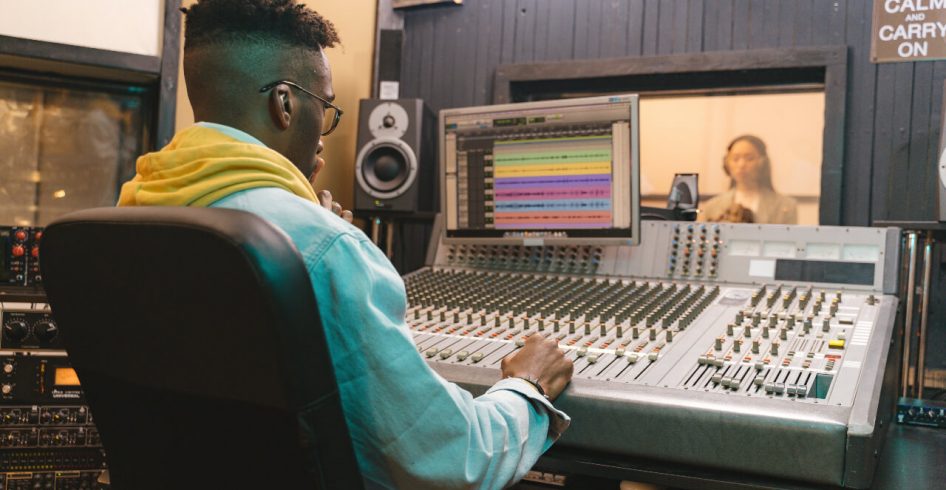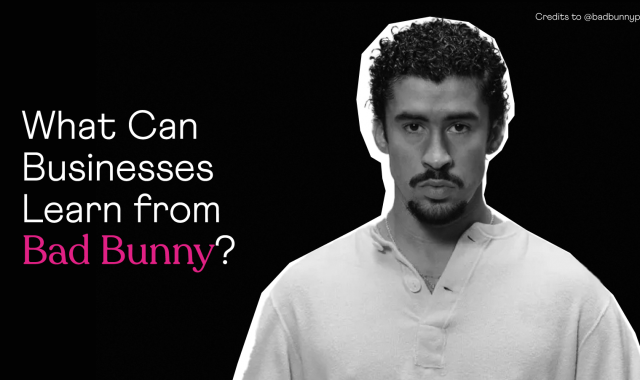7 steps to start and grow your record label: Deal with artists and publishers + Learn to set up contracts
One of the most fascinating things about managing a record label is that you get to meet and network with different types of professionals from within the music industry every day.
In the second chapter of our 7 steps guide to start and grow your record label, we gave you some tips about scouting for the right artists for your music business and selecting the best repertoire to make yourself a name in the independent sector.
Networking and finding talent can be overwhelming, but one thing is for sure: It’s quite fun too!
The trickiest part comes afterward when negotiations start. Mixing your creative and management personalities is core in that case.
In this new episode of our guide, we want to walk you through some of the legal aspects and contracts you’ll find when doing your business as usual as a record label.

Time for negotiations and agreements: This is how to deal with artists and publishers
This is the scenario: You’ve found the perfect artist for your label, and now it’s time for negotiations, to persuade him/her to join your brand and seal the deal before the competition makes an offer.
Setting up contracts with artists may be intimidating, but understanding how the legal aspects of the music business work it’s essential.
Even if you use the services of a good music lawyer to draw the contracts for each of your artists, you’d be aware of how some of these legal agreements work. At least the most basic ones, which we cover below.
This means knowing your artists’ legal obligations as well as your own as a record label.
Types of contracts you’ll be encounter in your day-to-day as a record label
A recording contract, for example, specifies important aspects like how royalties are going to be split, how many records you’re going to create together with specific artists, the format (a single, EP…), and when they’re going to be released, how distribution is going to work, whether it’s mainly going to be offline, online (on streaming services and digital channels), or both, and in which territories and markets to cover or how much you’re going to spend on marketing and promotion.
Under a license agreement, the copyright owner of a master recording, usually an artist or record label, permits third parties to legally manufacture, promote and distribute the music in specific territories.
With a music distribution deal (which encompasses both license and distribution agreements), as the master recording owner, you can grant permission to distribute any of your artists’ music to physical stores and digital services like Spotify, Apple Music, or Tidal for a specific period and considering specific markets and countries.
One of the many things to consider is that when it comes to distribution deals, many clauses can be included in the agreement, like for example if the deal is exclusive or not to one or more territories or one or more distribution labels.
Another concept to be aware of is publishing deals. It’s the agreement that gives publishers part of the ownership of a music composition piece by an artist.
However, you as a record label can interact with both songwriters and publishing companies when it comes to paying mechanical royalties every time you distribute a music composition by one of your artists in places like the U.S.
The same happens with synchronization licenses that grant permission to share copyrighted music compositions in a video format on other media.
In such a case, you as a record label would need to agree to the terms covered on the license with publishing companies, usually the legal owner -alongside songwriters- of that composed material.
Other basic legal aspects you’d be familiar with when running your record company are the ones related to the process of licensing public performances in places like the U.S (in Europe and other territories, it works differently).
Record labels, as master recording owners, are directly involved when it comes to public performance or broadcasting of sound recordings on non-interactive digital services, Digital Cable TV, or satellite radio services in the U.S.
As a record label, you will also be involved in other legal aspects including producer contracts for your signed artists, or when acquiring consent when using specific artworks, band logos, and photographs for promotion or merchandising.
What’s next?
In the fourth chapter of our guide, you’ll learn the essentials of music distribution and how to release your catalog to Top DSPs like Spotify, Amazon Music, Pandora, or Tidal with white-label solutions like SonoSuite.
Keep an eye on our blog because the new episode will be published soon!



